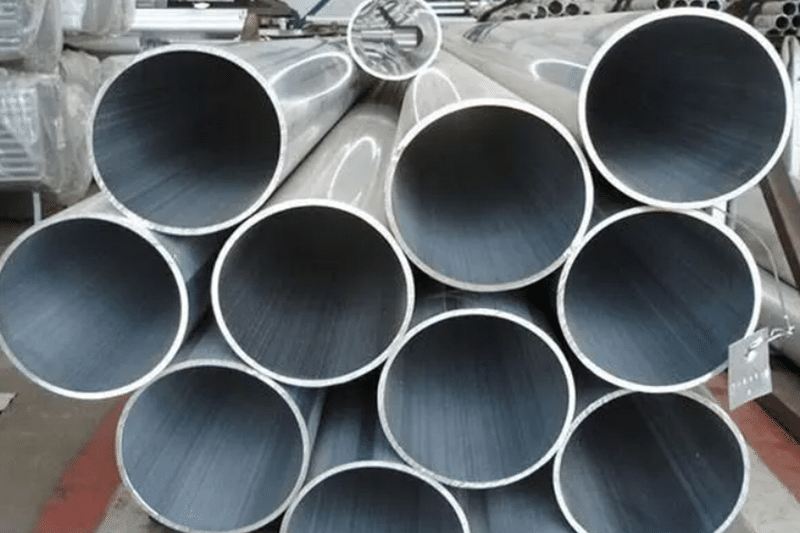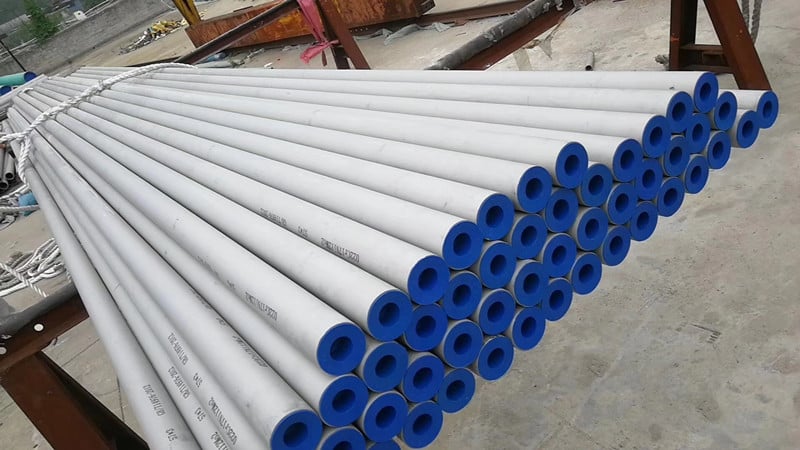When it comes to choosing the right pipe or tube material for your project or product, there are a lot of options to consider. Aluminum and stainless steel are both popular metals used for a variety of manufacturing purposes. However, their different properties make it important to know which one is best for your project. While both materials have their own unique properties, deciding between the two can be challenging. In this article, we’ll take a closer look at aluminum pipe and stainless steel pipe, and compare them in terms of strength, durability, corrosion resistance, cost, and more.

Advantages and Disadvantages
| Materials | Advantages | Disadvantages |
| Aluminum pipe |
|
|
| Stainless Steel pipe |
|
|
Difference between Aluminum and stainless steel
Aluminum and stainless steel are both popular metals that can be used in a wide variety of applications. But before you decide which type of material to use for your project, it’s important to know how to distinguish them and understand their key differences. Both materials offer durability, corrosion resistance, and other properties that make them ideal for many uses. However, there are several factors that help you determine which one is right for your project.

When it comes to strength and durability, stainless steel pipe is generally considered to be the better option. Stainless steel has a higher tensile strength and is more resistant to impact and wear than aluminum. If you need to achieve strength without compromising component weight, though, hard-anodized aluminum may be the better choice.This process ensures that aluminum can withstand the pressure to it’s exposed to. It also makes the aluminum more impact-resistant and less likely to break under stress. Additionally, stainless steel is a harder material, which makes it more scratch-resistant than aluminum.
When it comes to strength, both materials are quite strong but stainless steel has more ductility and strength than aluminum, which can make it a better choice for CNC machining when hardness is important.
Corrosion Resistance
When it comes to corrosion resistance, both aluminum and stainless steel pipe are highly corrosion-resistant materials. Stainless steel is considered to be superior to aluminum due to its higher concentration of chromium, which protects the metal from the elements and prevents it from rusting. When the surface of stainless steel begins to rust, the chromium layer scrubs away the rust and renews itself for continued protection.
Aluminum has a natural oxide layer which also acts as a protective barrier against oxidation. In harsh environments, stainless steel may be more resistant to corrosion than aluminum, but in most cases, both materials are effective at resisting corrosion, but the specific properties of the materials depend on their alloy composition and temper or heat-treatment history.
Cost
Cost is often a major factor when choosing between the aluminum pipe and stainless steel pipe. Typically, aluminum is cheaper than stainless steel when looking at cost by weight, but when comparing cost by volume, stainless steel is usually more expensive, and the cost of each can vary depending on the specific alloy, grade, and production method. Stainless steel, on the other hand, is a more expensive per kg due to its higher production costs and increased durability.
Applications
Both aluminum and stainless steel pipe have a wide range of applications, but they are often used for different purposes. One of the main advantages of aluminum is its low density, which makes it ideal for applications where weight is a concern such as airplanes, cars, and bicycles. Additionally, aluminum is highly corrosion resistant, which makes it a popular choice for outdoor, marine applications, and as a material for cookware and soda cans.
Stainless steel pipe, on the other hand, is often used in applications where strength and durability are key, such as in the construction of bridges, medical equipment, and kitchen appliances. Unlike aluminum, stainless steel is a heavier material with a higher density, which makes it ideal for applications where strength is a concern. Additionally, stainless steel is highly resistant to corrosion and heat, which makes it a popular choice for harsh environments, for example, a large number of 304 stainless steel tube is utilized in the boiler system for an energy plant.
Conclusion
In conclusion, both aluminum pipe and stainless steel pipe are widely used in the fabrication industry for a wide range of applications. They have their own unique properties and advantages, which makes them suitable for different applications. Choosing the right metal for your application depends on the environment and your item’s needs, their different properties can help fabricators decide which material to use for a project and ensure that the outcome is successful.






